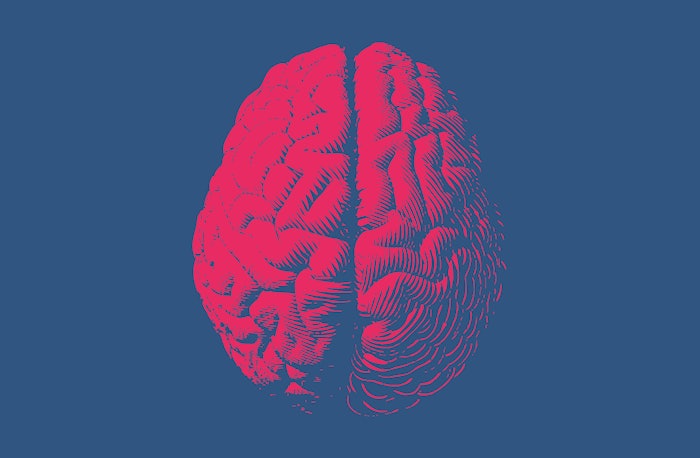
A recent study is said to have discovered a distinct neural circuit responsible for regulating tolerance toward the negative taste associated with sodium.
The paper is titled "Parallel Neural Pathways Control Sodium Consumption and Taste Valence," penned by graduate student, Yameng Zhang alongside co-authors Allan-Hermann Pool, Tongtong Wang, Lu Liu, Elin Kang, Bei Zhang, Liang Ding, Kirsten Frieda, Richard Palmiter and Yuki Oka (published by cell.com on November 20, 2023).
Highlights
- Sodium depletion increases appetite and tolerance toward salt
- Hindbrain and forebrain neural pathways regulate salt appetite and tolerance
- Specific neurons in the forebrain lamina terminalis encode aversive salt tolerance
- Prostaglandin E2 and its receptor, Ptger3, regulate salt tolerance and consumption
Summary
The hedonic value of salt fundamentally changes depending on the internal state. High concentrations of salt induce innate aversion under sated states, whereas such aversive stimuli transform into appetitive ones under sodium depletion. Neural mechanisms underlying this state-dependent salt valence switch are poorly understood. Using transcriptomics state-to-cell-type mapping and neural manipulations, we show that positive and negative valences of salt are controlled by anatomically distinct neural circuits in the mammalian brain. The hindbrain interoceptive circuit regulates sodium-specific appetitive drive, whereas behavioral tolerance of aversive salts is encoded by a dedicated class of neurons in the forebrain lamina terminalis (LT) expressing prostaglandin E2 (PGE2) receptor, Ptger3. [Researchers] show that these LT neurons regulate salt tolerance by selectively modulating aversive taste sensitivity, partly through a PGE2-Ptger3 axis. These results reveal the bimodal regulation of appetitive and tolerance signals toward salt, which together dictate the amount of sodium consumption under different internal states.
"Low sodium concentration is palatable, while higher concentrations—for example, ocean water—taste disgusting," shared Oka, professor of Biology and Heritage Medical Research Institute Investigator in an interview with Caltech. "But when you're really in need of salt, you don't mind the bad taste. The palatability or 'tastiness' of salt changes based on its concentration and the body's internal sodium need."
Zhang added, "This unexpected association between prostaglandin and sodium consumption raises important questions regarding how an inflammatory state might influence sodium intake, offering new insights into the interplay between sodium levels and the body's pro-inflammatory condition."










